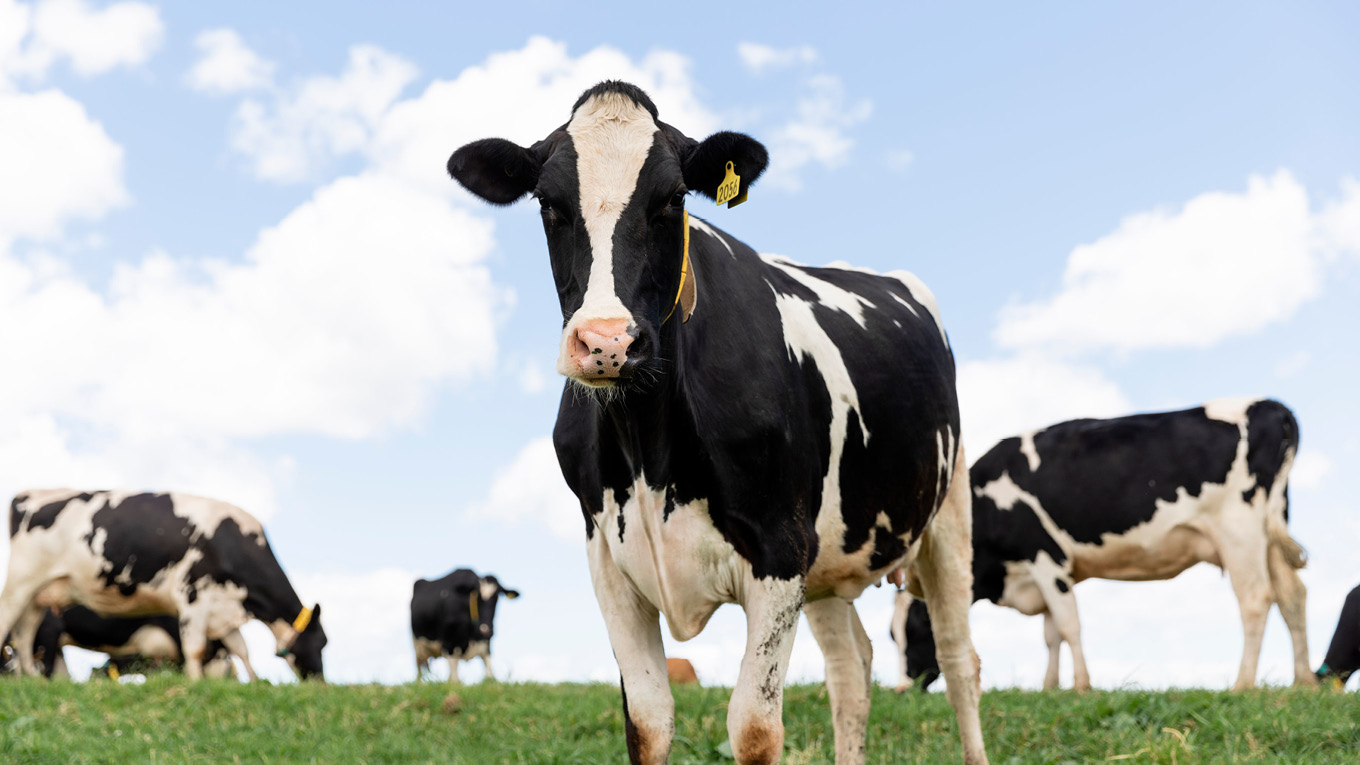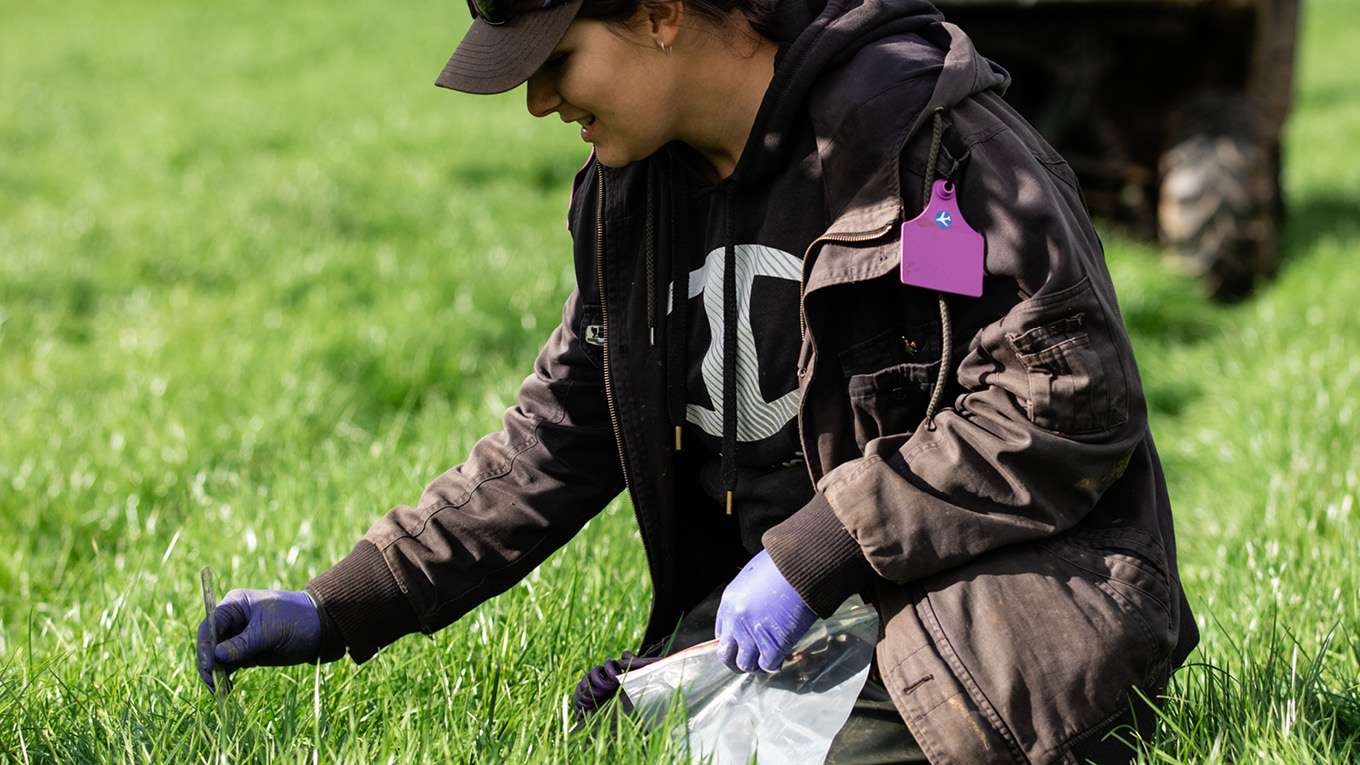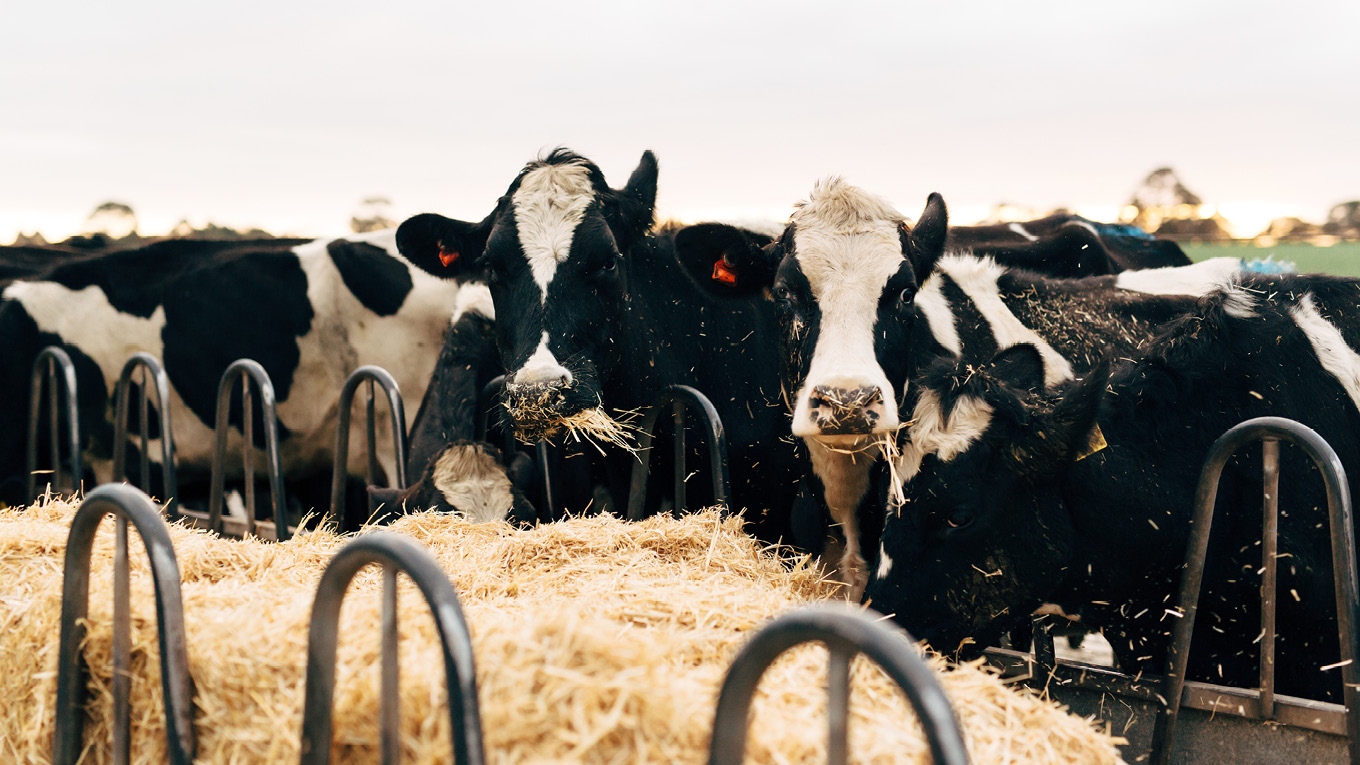Testing Feed for Quality
Dairy Australia has a number of tips and resources on feed lab testing to help dairy farmers confirm their feed purchase is contaminant free, how to take a sample correctly and how to find local feed labs.
Feed lab testing
Lab testing will confirm if purchased feed is contaminant free, but only if a sample is taken correctly.
Feed lab testing is useful to confirm whether a particular feed source is worth buying, or to compare the nutritional value of alternative feeds.
It is also essential when using lab results to understand the reasons why results vary.
Understanding the results
- There is always a certain degree of variation in feed lab results.
- The greatest source of variation is due to sampling method.
Tips for accurate testing
- Always be sure to collect a truly representative feed sample for testing.
- Label all feed samples clearly with a description and sample date.
- Ensure feed samples arrive at the lab quickly, with minimal deterioration.
- Do not quarter hay samples to reduce sample size as leaf loss can make the sample un-representative. Keeping a duplicate sample on-farm gives farmers the option of doing further testing later.
Feed laboratories servicing the Australian dairy industry
Forage Lab Australia
Bendigo East, Victoria
Ph. 03 5443 9665
https://www.foragelabaustralia.com.au/
Feed Central
Toowoomba and Shepparton
Ph. 1300 669 429
https://www.feedcentral.com.au/
Feed Quality Service, Industry & Investment NSW
Wagga Wagga, NSW
1800 675 623
https://www.dpi.nsw.gov.au/about-us/services/laboratory-services/feed-quality
FeedTest (Agrifood Technology)
Werribee, VIC
1300 655 474
http://www.feedtest.com.au/index.php/services
Independent Lab Services
Claremont, WA
08 9525 7085
SGS Australia
Toowoomba, QLD
07 4633 0599
http://www.sgs.com.au/en-GB/Agriculture-Food/Food/Processors-and-Suppliers/Nutrition-and-Composition-Analysis/Animal-Feed-Testing.aspx
Symbio Laboratories
Eight Mile Plains, QLD
07 3340 5700
https://www.symbiolabs.com.au/food-testing/
More information
Feed lab testing - getting a good sample (PDF, 296KB)
This resource provides an overview of sample collection for lab testing and collecting a good sample. There is not much point using a feed lab analysis report to guide feed buying decisions unless the feed sample collected for analysis was truly representative of the feed on offer. The aim should always be to collect the most representative sample possible.
Key tips:
- Always be sure to collect a truly representative feed sample for testing.
- Label all feed samples clearly with a description and sample date.
- Ensure feed samples arrive at the lab quickly, with minimal deterioration.
Feed lab testing - understanding the results (PDF 242KB)
This resources provides an overview of understanding the results of feed tests.
Key tips:
- It is important to understand there is always a certain degree of variation to allow for around the measured result.
- There can be a big difference between so many kilograms or tonnes of feed on a dry matter basis versus on an as-fed basis
- Near Infrared (NIR) testing requires the establishment of calibrations based on results from standard analytical reference methods, often referred to as wet chemistry.


